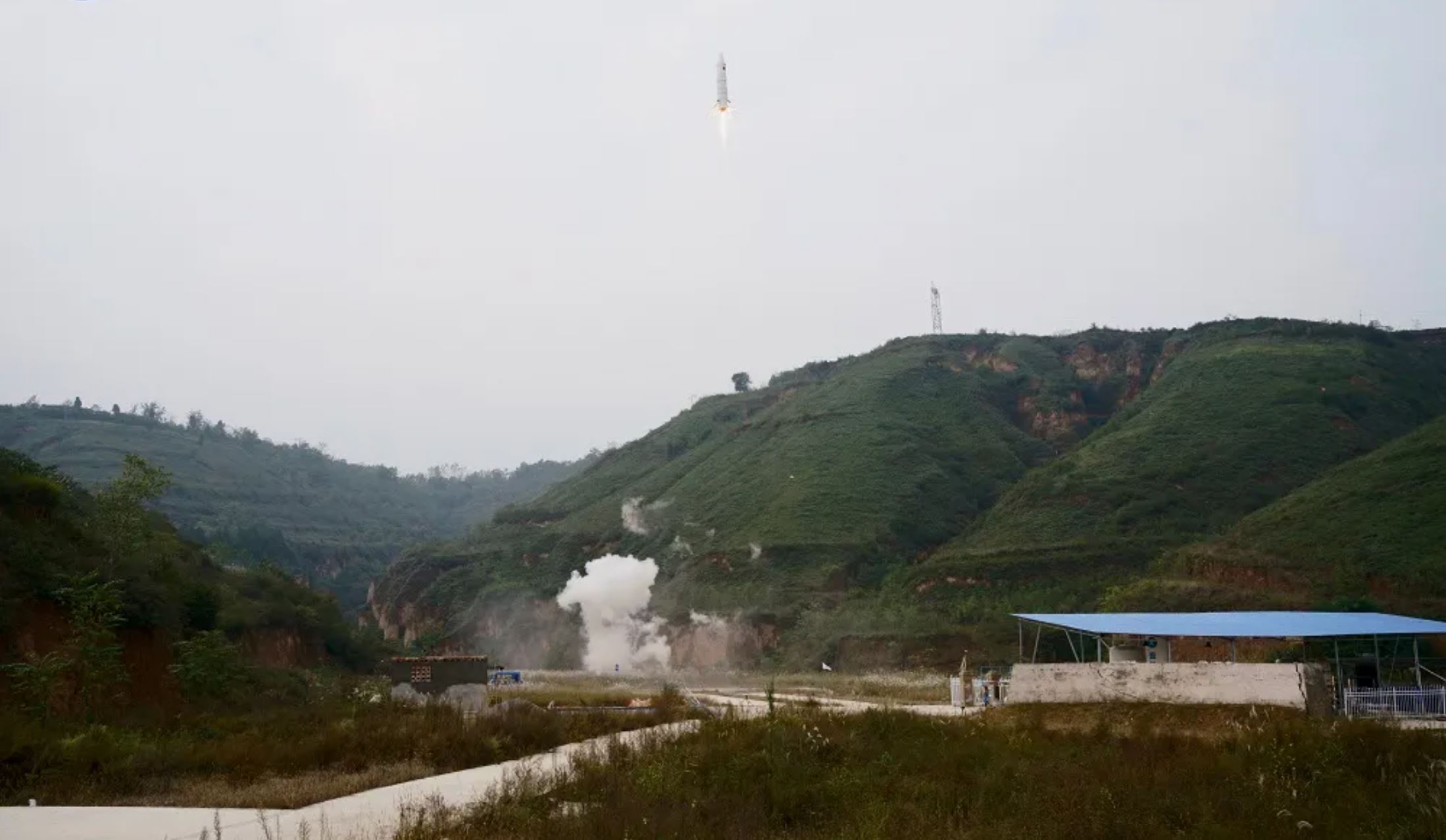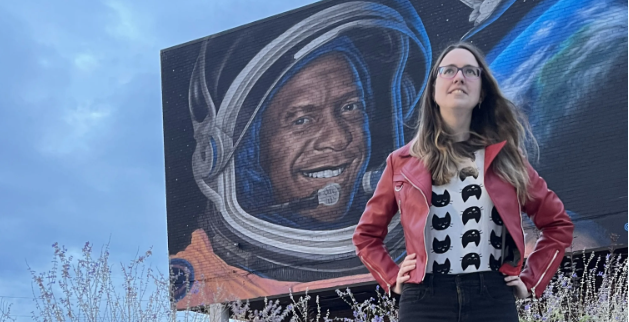ISS Daily Summary Report – 3/17/2023
Engineered Heart Tissue-2: The appropriate hardware was gathered in preparation for the upcoming EHT-2 experiment operations. A Human iPSC-based 3D Microphysiological System for Modeling Cardiac Dysfunction in Microgravity-2 (Engineered Heart Tissues-2) continues work with 3D cultured cardiac muscle tissue to assess human cardiac function in microgravity. Previous work with 3D cultures in space detected …

Engineered Heart Tissue-2: The appropriate hardware was gathered in preparation for the upcoming EHT-2 experiment operations. A Human iPSC-based 3D Microphysiological System for Modeling Cardiac Dysfunction in Microgravity-2 (Engineered Heart Tissues-2) continues work with 3D cultured cardiac muscle tissue to assess human cardiac function in microgravity. Previous work with 3D cultures in space detected changes at the cellular and tissue level that could provide early indication of the development of cardiac disease. This investigation tests whether new therapies prevent these negative effects from occurring.
ESA Biofilms: The big picture words were reviewed, and the twenty-four Biofilms Experiment Containers (ECs) were installed the Kubik5 and Kubik6 to prepare for the beginning of the experiment. The Biofilm Inhibition On Flight Equipment and On Board the ISS Using Microbiologically Lethal Metal Surfaces (ESA-Biofilms) investigation studies bacterial biofilm formation and antimicrobial properties of different metal surfaces under spaceflight conditions in altered gravity. Antimicrobial surfaces, copper and its alloys, with and without laser surface treatment, are used. This project provides additional information in the development of suitable antimicrobial surfaces for spaceflight applications.
Ice Cubes: The crew relocated Cube #10 (AI Box) and installed Cubes #6 (Kirara 4) and #9 (Spaceomix 3) in the ICE Cubes Facility. The ICE Cubes Facility is a capable experiment platform that offers flexibility to host many different experiments for research, technology demonstration or educational objectives. During flight, users are able to have near real-time telemetry and telecommanding capabilities with the Experiment Cube from any location with an internet connection. The ICE Cubes service provides fast and direct access to the ISS for any country, any institute or any entity.
Light Ions Detector for ALTEA (LIDAL): LIDAL was moved to its second operational location and will remain at that location until the end of the experiment. LIDAL is periodically moved to different locations/orientations to monitor the radiation environment in those areas. The capability of Anomalous Long-Term Effects in Astronauts (ALTEA) to measure the linear energy transfer (LET) of protons and helium and the kinetic energy of protons and heavy ions was upgraded by the addition of a new time of flight (TOF) system detector called LIDAL. LIDAL upgrades the ability of ALTEA to make measurements that can be converted, by dedicated software in real-time, into radiation risk coefficients – effectively enabling ALTEA to become the first ever dosimetric (risk meter) aboard the ISS.
Nanoracks Main Frame Alpha: The crew installed Nanoracks Module-72A and Module-105 into Mainframe Alpha. Investigations in these Nanoracks modules include the performance of student-generated computer code and related experiments, protein crystallization, and the study of bio-engineered skin graft material. Nanoracks Mainframe Alpha is an EXPRESS Rack sub-facility designed to provide thermal control, power, and data management to individual Nanoracks Module experiments. The modules are designed to a very limited and specific form factor that fits inside Mainframe Alpha; so, Mainframe Alpha supports a wide variety of sciences that changes each mission.
Rhodium DARPA Biomanufacturing 01: The Rhodium science chambers were gathered and installed in the Rhodium variable gravity simulator (VGS). Ground teams are still trying to find possible locations for a missing temperature logger, but the experiment will continue without it. Efficient and Resilient Biomanufacturing in Variable Gravity (Rhodium DARPA Biomanufacturing 01) characterizes the effect of different levels of gravity on the production of therapeutics and nutraceuticals from bacteria and yeast. Prior spaceflight studies show that microgravity causes changes in microbe cell growth, cell morphology, and metabolic activity that affect biomanufacturing performance. Results could inform strategies to improve biomanufacturing in space and provide for humans on future missions.
Veg-05: The plants growing in the two Veggie facilities were inspected, watered as needed, and photographed. The Pick-and-Eat Salad-Crop Productivity, Nutritional Value, and Acceptability to Supplement the ISS Food System (Veg-05) investigation is the next step in efforts to address the need for a continuous fresh-food production system in space.
Systems:
Transfer Crew Dragon Cargo Operations: Today, the crew continued transferring cargo from the SpX-27 cargo vehicle to the ISS. The crew will continue removing the more than 6,200 pounds of cargo launched on SpX-27 and then will begin to load SpX-27 for return. SpX-27 will depart from the ISS on April 15th where it will splashdown off the coast of Florida.





































